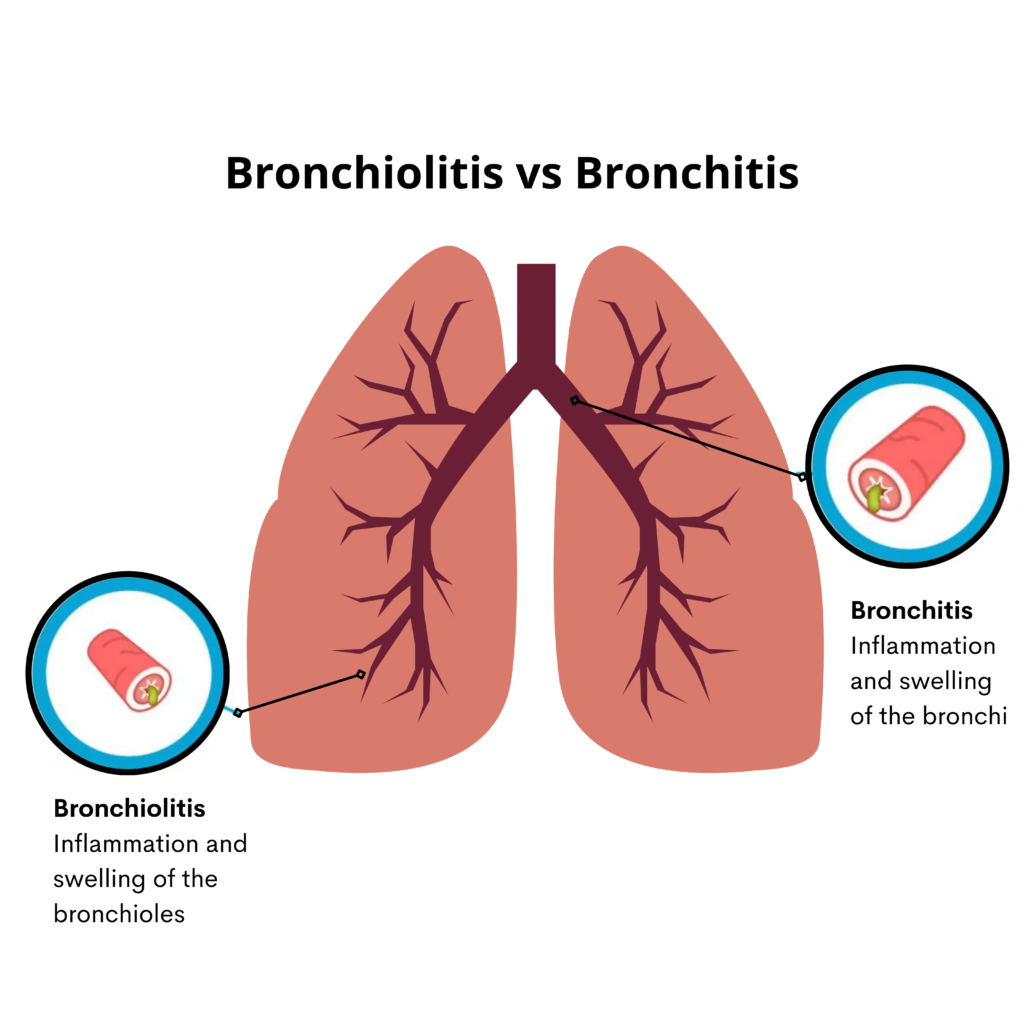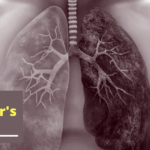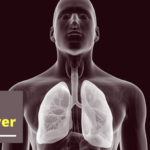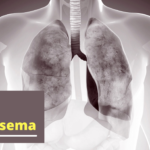Bronchitis is an inflammation of the bronchi associated with coughing and production of sputum (phlegm). It can be caused by infections or irritants, such as dust or chemicals. It results in production of excess mucus that can block the air passages. Bronchitis is classified into two types: acute and chronic bronchitis. Acute bronchitis is an infection of the trachea and large air passages, typically lasting less than 2 weeks and resulting in increased mucus production and cough. Symptoms include coughing up mucus, wheezing or shortness. Acute bronchitis is rapid in onset and usually self-limiting. Chronic bronchitis, on the other hand, is a long-lasting condition in which there is a daily cough and mucus production for at least three months in two consecutive years.

In most cases of acute bronchitis, the cough disappears without treatment within five to ten days. In some people with chronic bronchitis, the cough may never go away completely.
Bronchitis can affect all ages and is more common in older children and adults. It is a very common illness and is usually caused by a virus or bacteria. Bronchitis triggers include infections (including influenza), environmental irritants (such as pollution, dust and smoke), allergies, and injuries.
Acute bronchitis can be caused by a variety of infectious organisms including viruses, bacteria, and fungi. In the United States, viral respiratory infections are the most common cause of acute bronchitis. The influenza virus is the most common virus to cause this illness. Other viruses that can cause acute bronchitis include parainfluenza, respiratory syncytial virus (RSV), and adenovirus.
Bacterial pathogens that can cause acute bronchitis include “Streptococcus pneumoniae”, “Haemophilus influenzae”, and “Moraxella catarrhalis”. “Chlamydia pneumoniae” has also been implicated as an important cause of acute bronchitis. The bacteria “Legionella pneumophila”, which causes Legionnaire’s Disease, can spread directly through the air to infect someone with healthy lung tissue. It is possible for person-to-person transmission by this route also, but only if the individual with bronchitis produces a lot of droplets and does so close to someone else.
There are different types of acute bronchitis, the most common being the viral type. Symptoms of a viral infection include fever, cough, runny nose and congestion. Acute bacterial infections may also show these same symptoms but there is often involving yellow or green mucus in addition to the other symptoms. Influenza can cause both acute bacterial and viral bronchitis.
Finally, acute bronchitis secondary to hypersensitivity pneumonitis can be seen in farmers and pigeon breeders.
Chronic bronchitis has been linked to such risk factors as smoking, air pollution, genetic predisposition, and chronic respiratory infections. Each of the previously mentioned potential causes is associated with an increased risk of developing acute bronchitis or chronic bronchitis. Once inflammatory changes have taken place in the lower respiratory tract, they tend to recur. Chronic bronchitis is more common in people who smoke or have asthma or emphysema. The individual must produce a large amount of mucus every day for at least three months per year for two consecutive years to be diagnosed with chronic bronchitis.
The symptoms of chronic bronchitis are variable and depend on the cause. If it is caused by cigarette smoking, there may be a productive (phlegm producing) cough with some wheezing and shortness of breath. If it is due to exposure to industrial dusts, the symptoms will depend on the agent responsible for the inflammation. Symptoms may include a non-productive (dry) cough with wheezing and shortness of breath that worsens during exposure or in smoky atmospheres. Fatigue, loss of a stays are children under age 15.
It is advisable that you see a doctor if the symptoms are severe or during the winter months, when bacterial infections tend to be more common. Antibiotics are not recommended for treatment of viral bronchitis since they do not work against viruses. They will make no difference to your condition and may cause side effects.
A nonsteroidal anti-inflammatory drug (NSAID), such as ibuprofen, may be beneficial in relieving the symptoms of fever and chest discomfort.
Acute Bronchitis is caused by both viruses and bacteria. A person must produce a lot of mucus for at least three months per year for two consecutive years to be
The best approach is to rest, drink plenty of fluids and avoid smoking. If you feel up to it, light exercise like walking can help your body deal with the infection. Some people use over-the-counter medications such as cough suppressants or expectorants if their bronchitis is severe or goes on for a long time. Even if you are feeling well enough to exercise, don’ t push yourself too hard. Allow your body to rest as much as possible during this time.
Comparison of Bronchiectasis vs Bronchitis vs Bronchiolitis

| Bronchiectasis | Chronic Bronchitis | Acute Bronchitis | Bronchiolitis | |
| Symptoms | A chronic condition that worsens over time Daily cough Daily mucus production Shortness of breath A wheezing or whistling sound when breathing Fatigue Chest pain Clubbing Recurrent lung infections | A chronic condition that worsens over time Persistent cough Increasing breathlessness Frequent chest infections Excess mucus production Frequent wheezing Difficulty taking deep breaths | Usually improves over 7 to 10 days Low-grade fever A runny nose Chest congestion Breathlessness on exertion Wheezing or a whistling sound while breathing A cough (may produce yellow or green mucus) Fatigue | Usually lasts 1 to 3 weeks Persistent dry cough Wheezing or noisy breathing Feeding less Having fewer wet diapers Vomiting after feeding Irritability Occasional pauses in breathing |
| Cause | Damage from severe lung infections or conditions such as cystic fibrosis, allergic bronchopulmonary aspergillosis, immune deficiency, or connective tissue disorders | Smoking or chronic exposure to smoke Occupational exposure to breathing in harmful substances | Viral or bacterial infections | Viral infections (most commonly respiratory syncytial virus) |
| Risk Factors | A chronic condition that damages the lungs, or a condition that causes multiple lung infections | Smoking Occupational exposure to harmful substances. A family history of chronic bronchitis | A history of smoking A history of asthma Living in a polluted place Overcrowding | Parents who smoke Low birth weight Age less than 5 months Low socioeconomic status Airway abnormalities Congenital immune deficiency disorders Crowded living environment Chronic lung disease |






